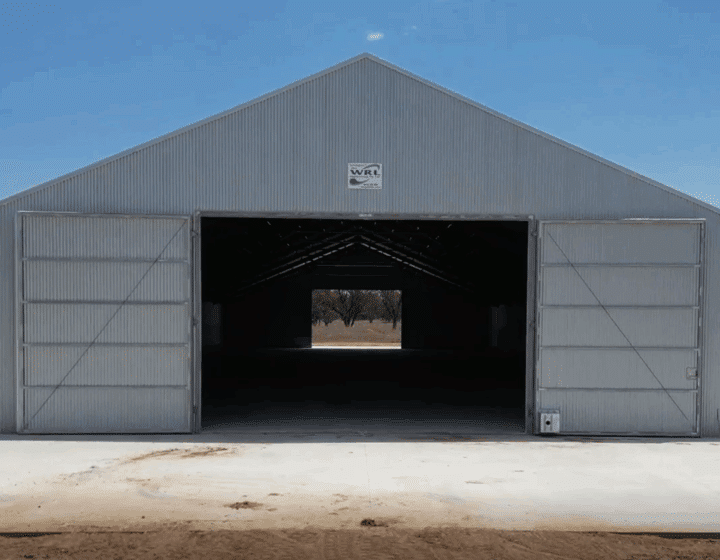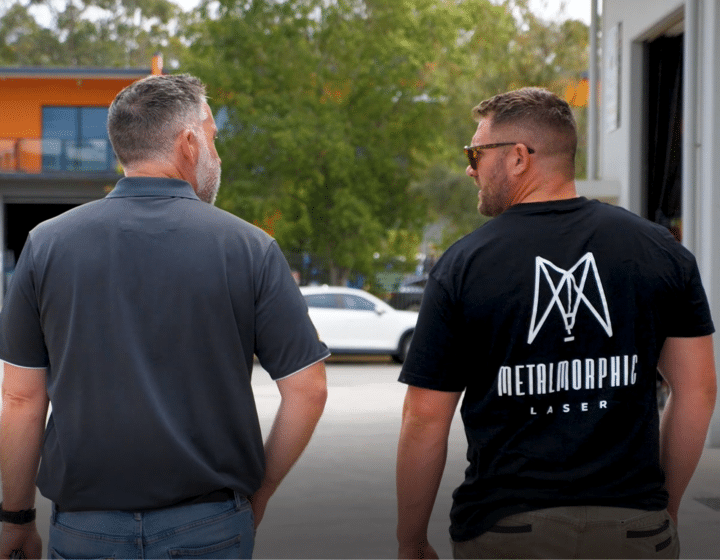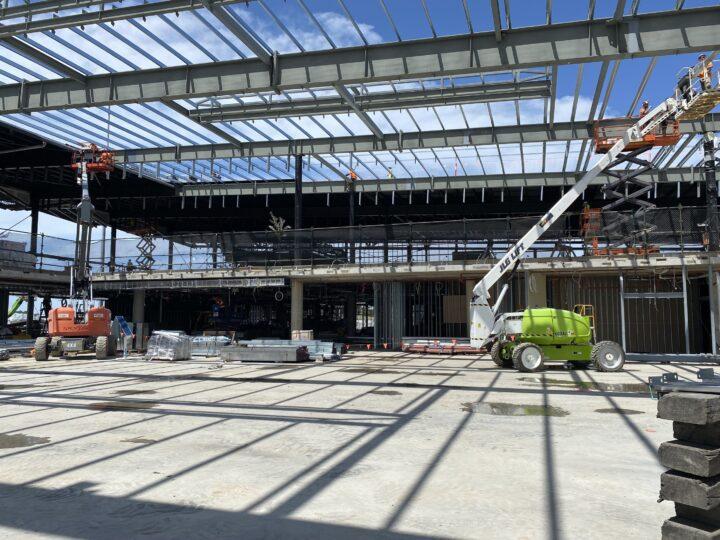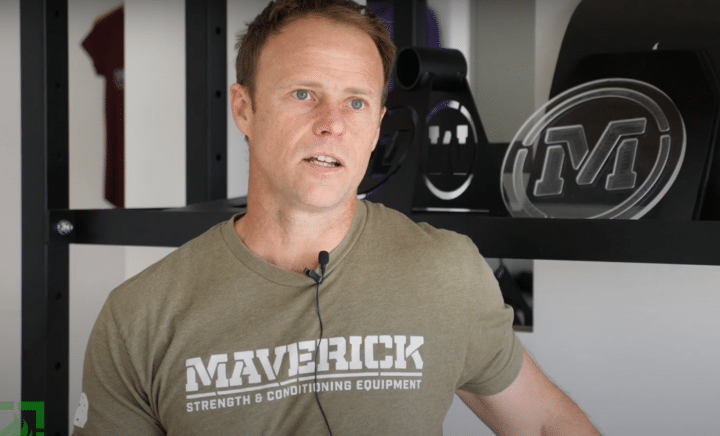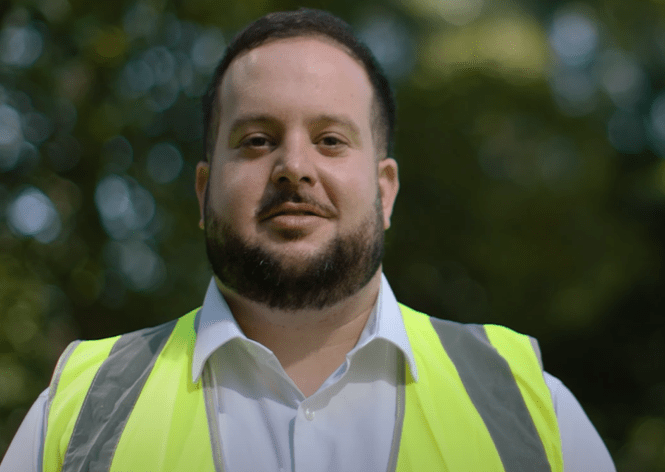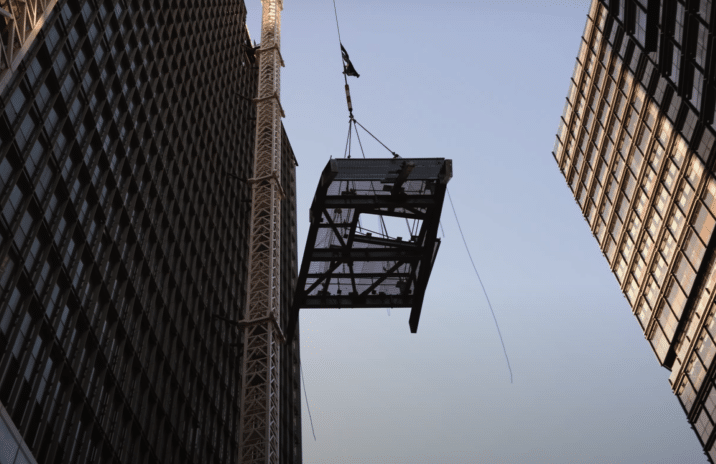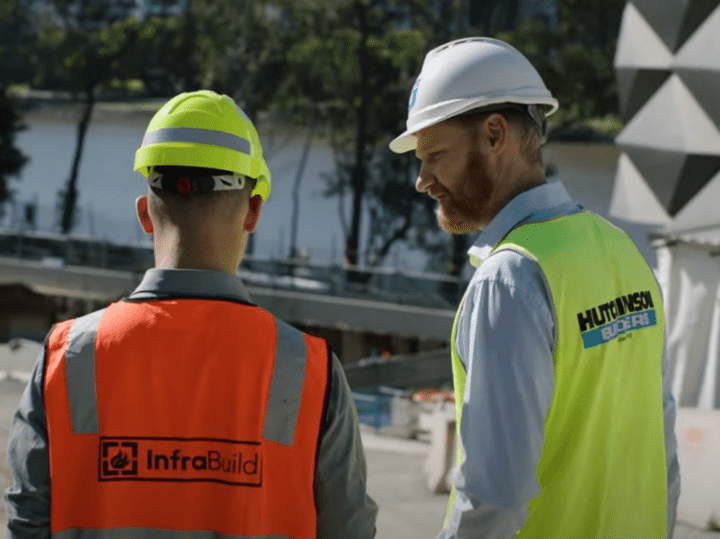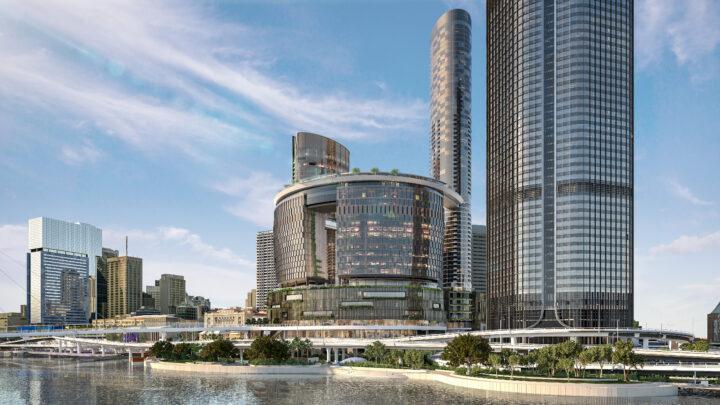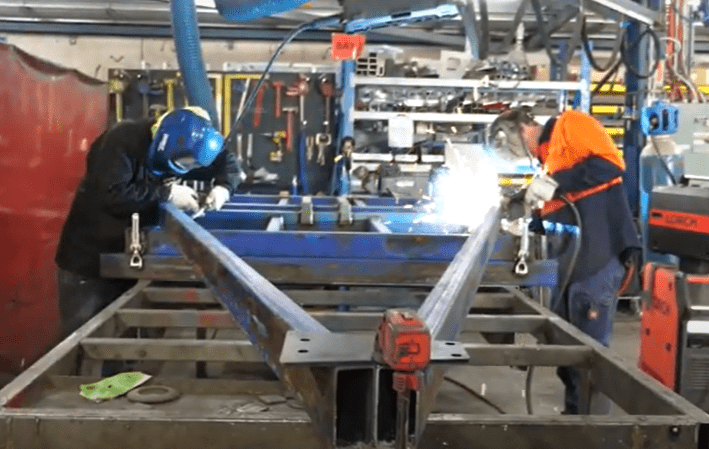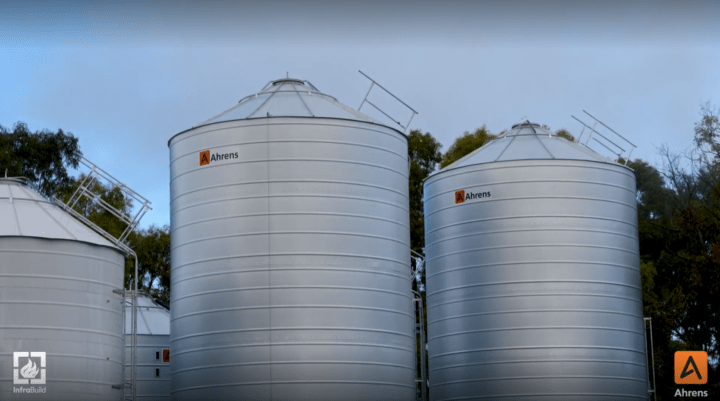
Key Information
Newcastle is setting an example for other cities around the world in how to breathe life back into inner-city spaces and generate economic growth in the process.
There’s truth to the adage ‘Build it and they will come’ when it comes to urban planning. Put the infrastructure in place and the public will respond with their patronage (or not, as the case may be).
Turn the adage on its head and you come close to explaining the revitalisation of Newcastle in the last decade. Infrastructure in New South Wales’ second-largest city has received a significant funding allocation in recent years, not just because infrastructure is needed to get the city moving again after a period of decline, but because Novocastrians have shown their willingness to engage with their city centre.
As so often happens with urban areas that have experienced a period of neglect, it takes an influx of creatives and artists in search of cheap rents to help spark a process of urban revitalisation. In Newcastle’s case, the process was aided significantly by the help of an organisation set up to match local artists, start-ups and other creative enterprises with low-rent or unused commercial properties in the Newcastle city centre.
Renew Newcastle founded
Renew Newcastle, which was founded in 2008, did much to arrest the slow decline of much of the commercial infrastructure around the city’s historic Hunter Street Mall area by occupying spaces in need of tenancy. In doing so, it helped reduce vandalism and anti-social behaviour in the city centre, and assisted in the growth of a vibrant and creative local economy. The city has since fostered a reputation for itself as a cultural hub and a fertile base for entrepreneurs and tech start-ups.
Renew Newcastle could not have foreseen the development push that would follow its efforts to fill vacant tenancies in and around the city’s historic Hunter Street Mall area and the wider city.
Attracting people, jobs and tourism to Newcastle is now the broad aim of the NSW government’s Revitalising Newcastle program, which has overseen the investment of $660 million towards a new public transport interchange, a transformed city centre, new housing and rejuvenated public spaces. This has been matched by a significant infrastructure boost to the surrounding Hunter region, with a number of major works set to commence soon.
Newcastle’s transformation as an incubator for creatives and entrepreneurs, and the urban redevelopment initiatives that have been put in place in the city since, have attracted the attention of urban policy specialists throughout the world, many of whom look to it as a blueprint for success. The city’s commitment to sustainable development has led to it being officially recognised as a ‘United Nations city’ and the Paris-based OECD has recently acknowledged it as a fledgling smart city.
Further recognition of Newcastle’s progress will come in November of this year when Newcastle City Council hosts a number of young urban leaders and innovators from the Americas, New Zealand and Australia as part of the annual Vanguard conference. The conference aims to inspire positive change in cities not just in terms of urban planning, but in the areas of community development, entrepreneurship, sustainability, art and media. It’s the first time the conference will be held outside of the Americas.
From little things, big things grow
Plans for a significant redevelopment of Newcastle’s Hunter Street Mall can be traced back to 2007, when property investment company GPT Group announced it would implement a retail-based redevelopment of the mall. Its efforts, however, were stymied by uncertainty associated with the global financial crisis. Faced with having to sell off tracts of land piecemeal, the GPT Group accepted an offer from the state government body Landcom, now Urbangrowth, to buy two-thirds of the Group’s property holdings around the Hunter Street Mall area.
The lack of certainty surrounding plans for Newcastle’s city centre made it a blank canvas for a new breed of artists and start-up companies to move in and use derelict city space from the end of 2008 onwards.
“Newcastle city centre was a dangerous place at that time,” says Christopher Saunders, General Manager of Renew Newcastle. “But it also offered creative people a golden opportunity.
“The one thing the city had at that time was an abundance of space, much of which was boarded up and going to rack and ruin. What Marcus Westbury [founder of Renew Newcastle] thought was: what if we can access those properties and allow these creative people to come in and use those spaces?”
Renaissance of the city centre
Renew Newcastle implemented a system whereby fledging businesses and artists in need of space could undertake a 30-day rolling licence to occupy and act as a custodian for empty buildings. The occupants would fix the space up cosmetically, maintain it and take out the relevant insurances until the building owner wanted it back. The system was a win-win in that building owners could prevent further atrophy of their assets, all the while allowing entrepreneurs to lay the groundwork for their business or for creatives to pursue their passion.
The result was a renaissance of the city centre on the back of a boost to employment and much-needed diversification of the local economy.
“Renew Newcastle didn’t anticipate the knock-on effects the set-up would have,” Saunders says. “The city suddenly became this curious, active, creative place. The people of Newcastle started engaging with the city centre, coffee shops started to spring up and then other businesses came in.”
Saunders acknowledges that the state government has been a crucial partner in providing funding for the work of Renew Newcastle. And he says the organisation will continue to play an important role in any dialogue concerning Newcastle’s urban renewal.
So successful has the model been that several ‘Renew’ programs have been rolled out to other population centres across Australia. Among the 39 programs implemented nationally have been those in cities that have undergone dramatic change as a result of a large employer pulling out (such as Ford, in the case of Geelong) or centres such as Broken Hill and Kalgoorlie whose fortunes have fluctuated with the health of the mining sector.
The model has even been implemented internationally in places as far-flung as Toronto, Lisbon, Stockholm and Christchurch.
Shaping the city centre
The work of Revitalising Newcastle continues apace, with its sights set on boosting economic growth in Newcastle by creating job opportunities, providing new housing and delivering attractive public spaces connected to better public transport.
Following its acquisition of GPT Group land holdings, the NSW government has pressed ahead with its Newcastle Urban Renewal Strategy, which was first drafted in 2012 and which aims to encourage urban renewal and the revitalisation of the city centre.
In October 2017 the government announced it had reached a milestone in its strategic plan for Newcastle with the opening of the new Newcastle Interchange at Wickham. It follows on from the government’s investment in the University of Newcastle’s NeW Space education precinct and the construction of the Newcastle law courts, which opened in 2016.
Major construction work has also just begun on a light rail service that will connect the city’s CBD with its beaches. And a significant allocation of funds has also been directed towards streetscape improvements, removing poles and wires along the light rail route, and upgrading the city’s walkways and cycle paths.
A spotlight on Newcastle
How far Newcastle has come in the last decade, and what the future holds for the city, will be one of the main topics for discussion at the upcoming Vanguard conference. Organisers are confident that they will learn as much from the visiting delegates and their experiences in other cities as those delegates will from Newcastle. They are hopeful, too, that the conference will establish an international dialogue between Newcastle and the next generation of city thinkers.
Revitalising Newcastle Program Director Michael Cassel says the Vanguard conference couldn’t come at a better time to showcase the changes underway in the city.
“The Revitalising Newcastle program is ushering in a new era of economic growth and prosperity for the Newcastle city centre,” he said. “This conference will be a great platform to discuss the opportunities and challenges of urban renewal with leaders from other cities and share in their experiences.”
With progress comes disruption, and it’s inevitable that there will be some inconveniences as public works get underway in the Newcastle city centre. Renew Newcastle’s Saunders says the changes about to take place in Newcastle make the work of his organisation all the more relevant. He says Renew Australia has a vital role to play in keeping spaces occupied and active during what will be a period of disruption for the city.
“We think it’s important that we maintain the creative and artistic identify of Newcastle while it undergoes this transition period. I think we’re ideally placed to keep the city active and vibrant during this next exciting phase in the city’s growth.”
Click here for more on the work of Renew Newcastle
Click here for more on the Revitalising Newcastle urban transformation program.
For more about November’s Vanguard conference, go here.
Image courtesy of Revitalise Newcastle
Related Case Studies
Subscribe to the
InfraBuild newsletter
Receive regular updates on news, case studies as well as the latest products and services.

